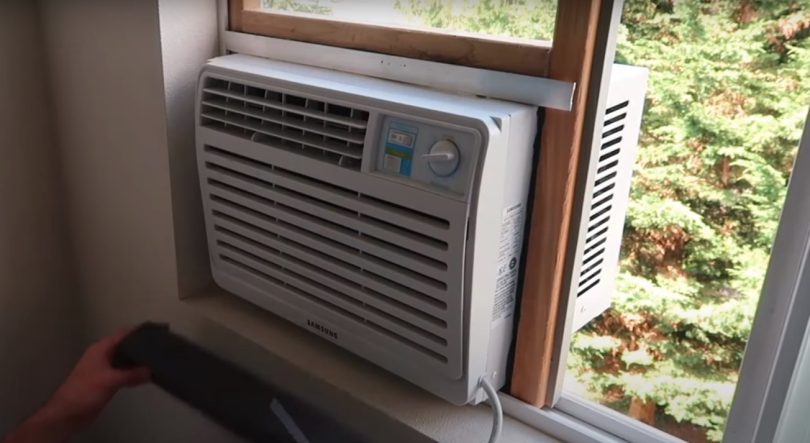Introduction
As summer temperatures soar, the need for efficient cooling solutions becomes paramount. While central air conditioning systems offer consistent temperature control throughout a house, the installation cost can be a deterrent. Window air conditioners, ideal for smaller spaces, pose a challenge when dealing with windowless rooms. Does a window AC have to be in window? and how can one address the potential damage caused by rain when placed in a window? Our HVAC experts have provided insights into resolving these issues.
Can You Install a Window Air Conditioner Without a Window?
Window air conditioners are specifically designed for window installations, necessitating an outlet for discharging warm air and water. For windowless rooms, creating a venting hole on an exterior wall is a viable option. However, the optimal solution involves adding a window, ensuring proper ventilation for the unit.
In cases where adding a window is impractical, drilling a hole in the wall for venting purposes may be considered. This approach, while effective, leaves a permanent hole that must be addressed if the air conditioner is removed, particularly for seasonal usage. Other methods, such as redirecting heat to non-living spaces or using rebuild kits and ducts, exist but require expertise to ensure safe heat diversion.
Installing a Window Air Conditioner in a Sliding Window
While installing a window air conditioner in a sliding window poses challenges, it can be achieved with the use of plywood to cover the opening. By creating a frame with two vertical and two horizontal wooden pieces, the air conditioner can be securely mounted. Plywood is then used to cover the open area, providing support for the unit.
Exploring Alternative Cooling Options
For those seeking alternatives to traditional window air conditioners, evaporative coolers present a viable option. Swamp coolers, which humidify the air, offer a different approach compared to conventional air conditioners that dehumidify the air. However, it’s essential to consider the humidity levels in the environment to prevent mold growth.
In humid climates, swamp coolers might not be ideal, but indirect evaporative coolers can be considered as they do not alter relative humidity. Additionally, improving air circulation in windowless rooms can be achieved by installing ceiling fans, using portable fans, or opting for ductless mini-split air conditioners.
Enhancing Air Circulation in Windowless Spaces
To enhance airflow in windowless rooms, consider the following:
1. Install a ceiling fan.
2. Use portable fans to keep the air moving.
3. Explore ductless mini-split air conditioners for improved air circulation.
While these alternatives offer increased airflow, placing a window air conditioner in the window remains the most effective cooling solution. Even in windowless rooms, venting can be achieved by drilling a hole in the wall. However, it’s important to note that this modification is permanent, requiring careful consideration.
In conclusion
When faced with windowless spaces, alternative cooling methods such as portable air conditioners or evaporative coolers can be explored. However, these options come with trade-offs in terms of cooling quality, energy consumption, and maintenance.
Disclosure: We may get commissions for purchases made through links in this post.








